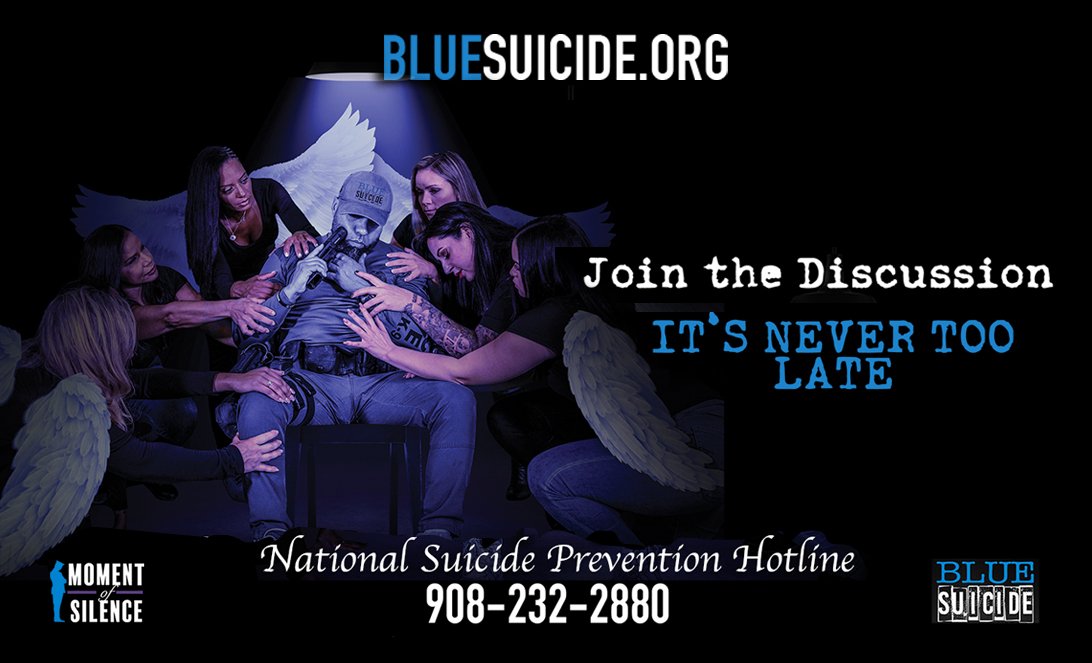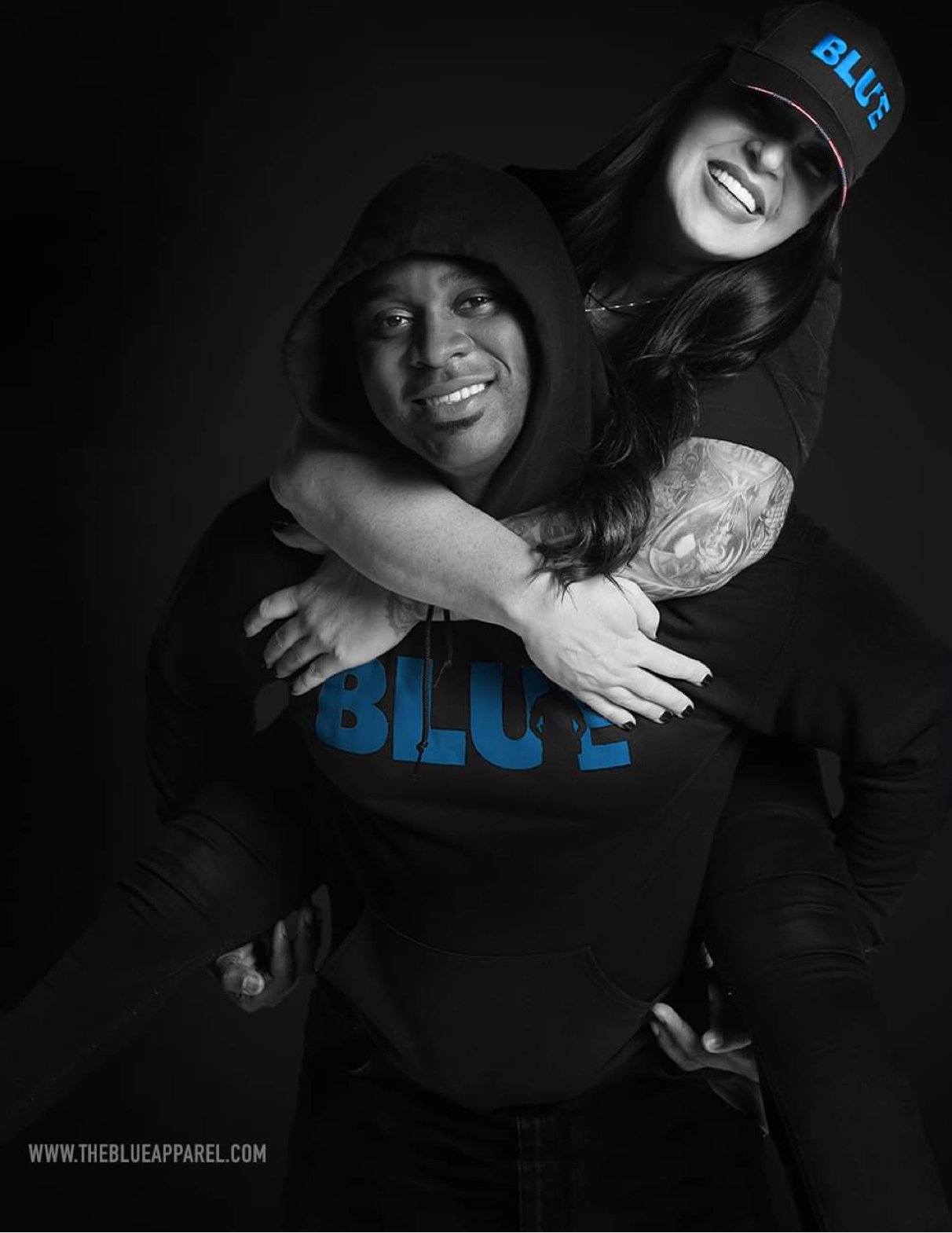Memphis lesson: Character Content is Most Important
/Memphis lesson: Character Content is Most Important
By Joel E. Gordon
I look to a day when people will not be judged by the color of their skin, but by the content of their character. - Martin Luther King, Jr. (1963)
In my effort to resist any rush to judgment and in the spirit of due process and "innocent until proven guilty" I have been reticent to comment on the Memphis case involving the death of Tyre Nichols as recorded in the viral video beating he received at the hands of five Memphis police officers. As facts continue to be exposed, it is my most sincere hope that justice is served for all involved. But the question remains…
How have we strayed away from Dr. King’s wise open-minded philosophy? The “LEFT” today says we need to hire Black cops to police Black neighborhoods. In reality, color shouldn’t matter … how about hire cops with great moral character? The goal should be good, law-abiding cops — irrespective of race. All five officers charged in the beating and death of Tyre Nichols in Memphis are Black, as is Tyre Nichols, but this isn’t about race but rather it is about character and standards.
Did the Memphis PD lower standards to hire these cops for “diversity” and/or because cops are now maligned as “systemically racist”— resulting in early retirements, fewer applicants and therefore lower hiring standards to maintain manpower?
According to a source within the Memphis PD, not all of the five charged officers were hired through the customary PD structured hiring process. City leaders felt the existing process was too strict and kept certain individuals from getting jobs at the department. City leaders then began their own hiring process and pushed new hires into the agency bypassing the rigorous and time tested background requirements and testing procedures in place at the department in order to fill vacancies. “They would allow just pretty much anybody to be a police officer because they just want these numbers,” said Alvin Davis, a former lieutenant in charge of recruiting before he retired last year out of frustration.
The department phased out requirements to have college credits, military service or previous police work. All that’s now required is two years’ work experience — any work experience. The department also requested state waivers to hire applicants with criminal records. And the police academy even dropped timing requirements on physical fitness drills and removed running entirely because too many people were failing.
Many young officers, before ever working with more experienced colleagues, were assigned to specialized units like the high-crime strike force involved in Nichols’ arrest. It was reported that some young officers who transferred back to patrol didn’t even know some basics such as how to write a traffic ticket or respond to a domestic call. “They don’t know a felony from a misdemeanor,” Davis said. “They don’t even know right from wrong.”
Police Director Cerelyn Davis, who took over in June 2021, has said supervision of less-experienced officers is an urgent need, questioning why a supervisor failed to respond to Nichols’ arrest despite a policy that requires a ranking officer to go to the scene when pepper spray or a stun gun is used.
According to an Associated Press report, of the five officers now charged with second-degree murder in Nichols’ beating, two had only a couple of years on the force and none had more than six years experience.
One of the officers was a former tight end on the Bethel University football team and appeared to have had at least one arrest, according to files from the Peace Officers Standards and Training Commission, a state oversight agency. But the date and details of the case had been redacted.
The section for arrests in the agency’s file for another officer who worked at a Shelby County Corrections facility before joining the force was also redacted from the state records. He was sued for allegedly beating an inmate there, which he denied, and the case was dismissed because papers had “not been properly served.”
This is not about training any more than it is about race, but it is about character, mindset and decency as prerequisite qualities in the evaluation of those under consideration for hire. At its core it’s not a police culture issue but criminal culture one. By opening the hiring process to those who are potentially a product of the inner-city drug gang culture, where the value to human life is often seen as diminished, it would seem the lower hiring standard increases the chance for bad decisions, incompetence and misconduct.
“I asked them what made you want to be the police and they’ll tell you it’s strictly about the money,” Davis said, adding that many recruits would ask the minimum time they would actually have to serve to keep hiring bonus money. “It’s not a career for them like it was to us. It’s just a job.”
Why the superficial diversity goal of “cops who look like the community,” especially if it means lowering standards? Why should it be a benefit to hire, promote, assign or retain officers from an expanded pool based upon gender, skin color or cultural diversity rather than being based upon candidates of the highest personal character, skill set and potential for success? To maintain integrity and fair and just application of our laws by those given the responsibility for enforcement merit, above all, must be our primary guide.
Joel E. Gordon, Managing Editor of BLUE Magazine, is a former Field Training Officer with the Baltimore City Police Department and is a past Chief of Police for the city of Kingwood, West Virginia. He has also served as vice-chair of a multi-jurisdictional regional narcotics task force. An award winning journalist, he is author of the book Still Seeking Justice: One Officer's Story and founded the Facebook group Police Authors Seeking Justice. Look him up at stillseekingjustice.com





















































